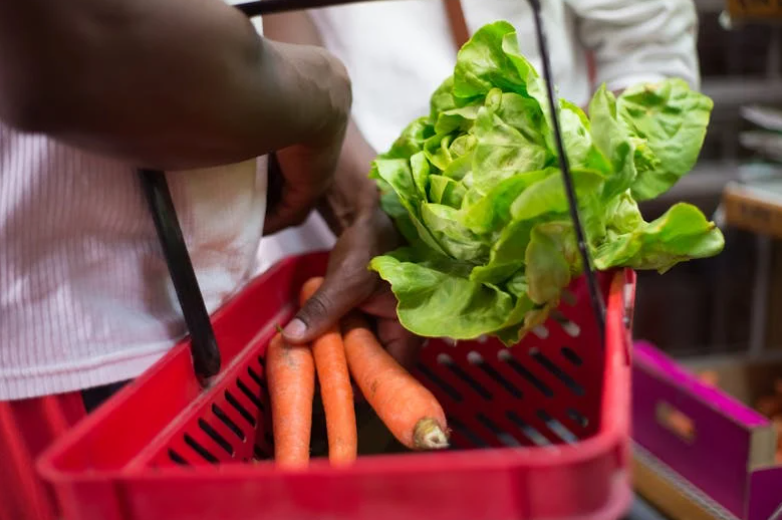
Smart Shopping Guide for Healthy Weight Management
Maintaining a healthy weight starts long before you step into the kitchen. It begins at the grocery store, where the choices you make determine what ends up on your plate. A well-planned shopping trip can set the foundation for a balanced diet that supports your weight management goals. Here’s a smart shopping guide to help you navigate the aisles with confidence and fill your cart with nutritious, weight-friendly foods.
1. Plan Ahead: Make a List
The key to smart shopping is preparation. Before heading to the store, take some time to plan your meals for the week. Consider healthy recipes that align with your weight management goals and create a shopping list based on those ingredients. Having a list helps you stay focused and reduces the temptation to buy unhealthy items on impulse.
2. Shop the Perimeter
In most grocery stores, the perimeter is where you’ll find fresh produce, lean proteins, and dairy—foods that should make up the bulk of your diet. Fruits, vegetables, and whole foods are packed with nutrients and are generally lower in calories, making them ideal for weight management. Try to fill most of your cart with items from these sections.
3. Read Labels Carefully
When you venture into the aisles for pantry staples, it’s important to read labels carefully. Look for products that are low in added sugars, unhealthy fats, and sodium. Pay attention to serving sizes and the overall nutritional content. Opt for whole grains, lean proteins, and foods with minimal ingredients, as they are often healthier choices.
4. Focus on Fiber
Foods high in fibre are great for weight management because they help you feel full longer and support healthy digestion. Stock up on fiber-rich foods like whole grains (brown rice, quinoa, oats), legumes (beans, lentils), fruits, and vegetables. These foods can help curb hunger and prevent overeating.
5. Choose Lean Proteins
Protein is essential for maintaining muscle mass, especially when you’re trying to lose weight. It also helps you feel satisfied after meals. Include a variety of lean protein sources in your shopping cart, such as chicken, turkey, fish, tofu, eggs, and legumes. These options are lower in fat and calories but still provide the protein your body needs.
6. Be Mindful of Snacks
Healthy snacking can be a part of your weight management plan, but it’s important to choose wisely. Avoid chips, cookies, and sugary snacks, and instead, opt for healthier alternatives like nuts, seeds, yoghourt, and fresh fruit. Pre-portioned snacks can help control portion sizes and prevent mindless eating.
7. Watch Out for Hidden Sugars
Many packaged foods, even those that seem healthy, can contain hidden sugars. Sauces, dressings, cereals, and flavoured yoghourts are common culprits. Look for items labelled “no added sugar” or “unsweetened,” and check the ingredients list for sneaky sources of sugar like high-fructose corn syrup, agave nectar, or cane sugar.
8. Stock Up on Healthy Fats
Healthy fats are an important part of a balanced diet and can actually aid in weight management by helping you feel full. Include sources of unsaturated fats in your shopping list, such as avocados, nuts, seeds, olive oil, and fatty fish like salmon. These fats are good for your heart and overall health.
9. Don’t Forget Hydration
Staying hydrated is crucial for weight management, so be sure to include hydration options in your shopping list. Water is the best choice, but you can also add variety with herbal teas or sparkling water. Avoid sugary drinks and high-calorie beverages that can add unnecessary calories to your diet.
10. Avoid Processed Foods
Processed foods are often high in unhealthy fats, sugars, and preservatives, all of which can hinder your weight management efforts. Whenever possible, choose whole, unprocessed foods that are closer to their natural state. Cooking from scratch with fresh ingredients allows you to control what goes into your meals and makes it easier to maintain a healthy diet.

